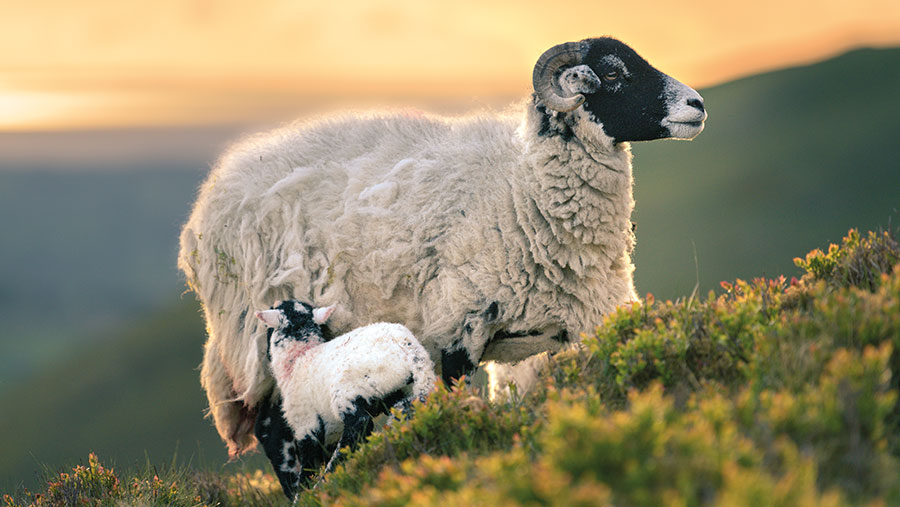CS agreement holders may miss out on additional capital payments
 © Danoz/Adobe Stock
© Danoz/Adobe Stock Farmers in England who have been accepted into five- or 10-year Countryside Stewardship agreements, starting on 1 January 2023, fear they will not be eligible for the increased capital payments announced by Defra last week.
Making the announcement at the Oxford Farming Conference, Defra farming minister Mark Spencer said payments for capital items, such as hedgerow creation and farmyard improvements, would be going up by an average 48%, to counter recent cost inflation.
But, according to the Defra website, this is only for capital agreements “applied for on or after 5 January 2023”.
See also: Defra to pay more for SFI and Countryside Stewardship
“This means that producers who applied for 2023 Mid and Higher Tier Countryside Stewardship (CS) schemes last July may not see the benefit of these new higher rates, even though their costs have gone up significantly,” said NFU senior countryside adviser Claire Robinson.
“With more than 6,000 farmers and landowners having applied for the 2023 schemes, many are now questioning whether they should try to get out of them and apply again for 2024.”
Standalone items
The timing of the payment increase is also an issue for so-called “standalone” capital items, which are not part of a specific five- or 10-year CS management agreement.
The new higher payment rates do not apply to existing agreements either, and some farmers are considering tearing them up and reapplying to get the higher rates.
Also, these standalone items fall into four groups – boundaries, water quality, air quality, and natural flood management – and for each set of options there is a financial limit of £20,000 an application.
So, even though the value of some capital grants has increased significantly – for example, hedgerow creation has almost doubled to £22.97/m – the £20,000 ceiling has not changed, so applicants will be limited in how much they can access.
“If you are doing a lot of capital works, then they would need to be within a five- or 10-year Mid Tier or Higher Tier scheme to avoid this ceiling,” said Ms Robinson.
Review
Defra says it is aware of the points raised by the NFU, and indicated that payment rates are always kept under review. “We are working with those applicants who have applied ahead of this change,” it added.
It also points to the fact that all farmers with CS agreements will benefit from the 10% increase in revenue payments announced last week, and this will be backdated to 1 January 2023.
No SFI management payment for uplands
Another issue surrounds the new £20/ha management payment, offered as an extra inducement for farmers to join the Sustainable Farming Incentive (SFI) and available on the first 50ha each year, so subject to a maximum £1,000 payout.
It has emerged that this annual top-up will only be available to participants undertaking “substantive actions” within arable and grassland soil SFI standards this year.
“Planning or preparation activities, such as the moorland standard, are not eligible,” said Defra in a recent blog.
NFU Uplands forum chairman Thomas Binns described the decision as “bizarre”, saying it was indicative of the way upland farmers are being overlooked as the new Environmental Land Management (ELM) scheme is developed.
“Many upland farmers have a range of land available to them – moorland, severely disadvantaged, disadvantaged – so may be able to access that £1,000 on other parts of their holding. But I’m aware of several who will not,” he said.
“It is symptomatic of the last-minute approach Defra seems to be taking to the uplands. For example, the arable and grassland soils standards under SFI have ‘introductory’ and ‘intermediate’ levels of payment, and will soon have ‘advanced’.
“The moorland standard only has ‘introductory’, and we are told it will be 2025 before we have additional standards and extra levels.”
Mr Binns is concerned that upland farmers are the most dependent on their Basic Payment Scheme money, which is being cut, yet have least opportunity to recoup it from ELM.
